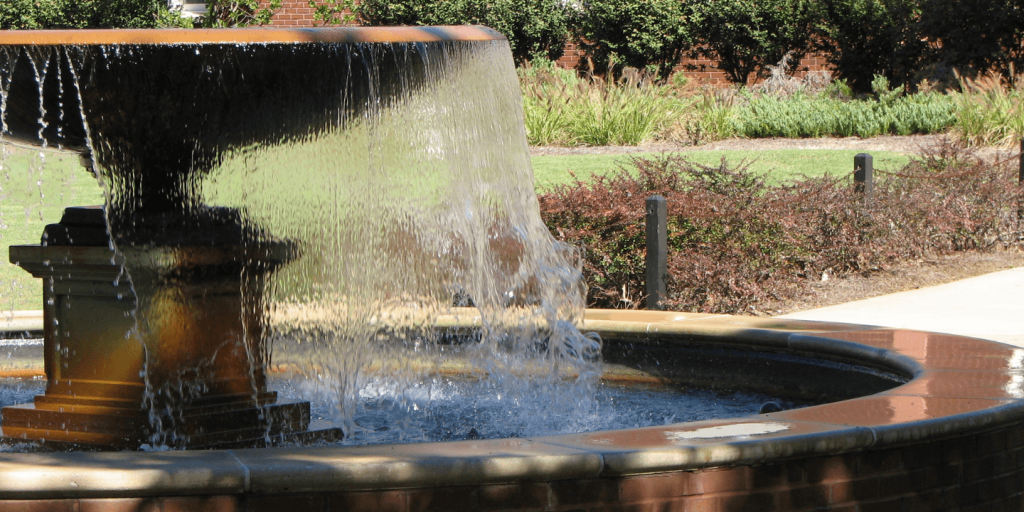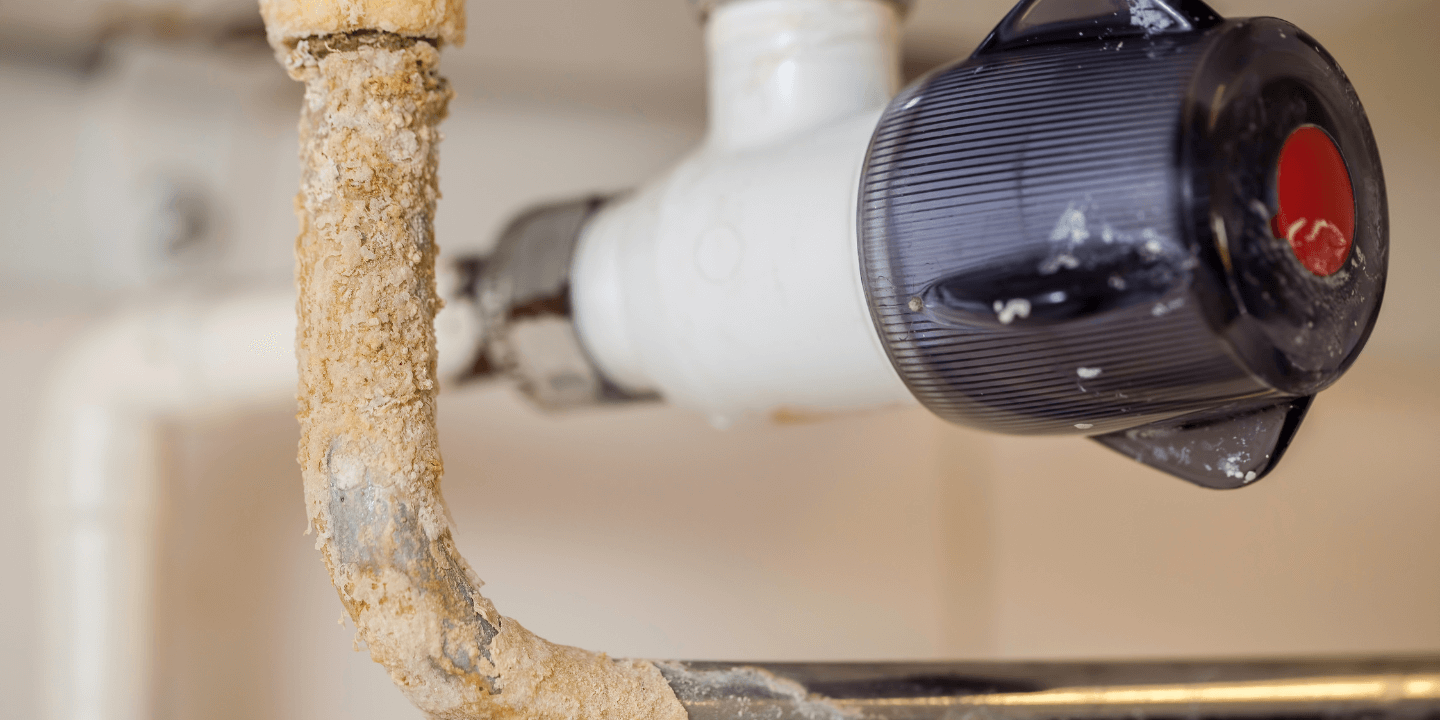Fountains are timeless additions to gardens, patios, public plazas, and indoor spaces. They offer aesthetic value, tranquil ambiance, and often serve as a centerpiece for any environment. However, one silent destroyer lurks behind the calming curtain of cascading water—hard water.
If you’ve ever noticed white or chalky residue on your fountain’s surfaces, or felt rough buildup crusting over your water pump or spouts, you’re likely witnessing scaling caused by hard water. Though common, this issue can damage your investment over time if left unchecked. This article delves into what hard water scaling is, why it’s a problem for fountains, and—most importantly—how to prevent it.
What is Hard Water?
Hard water is simply water that contains a high concentration of dissolved minerals, primarily calcium and magnesium. These minerals are not harmful to humans, but they wreak havoc on appliances, plumbing systems, and—yes—your beautiful fountain.
When water evaporates from the fountain’s surface, it leaves behind these minerals. Over time, these deposits accumulate as limescale, leading to blockages, reduced pump efficiency, unsightly stains, and even surface damage.
The Ugly Effects of Scaling on Fountains
Let’s be clear—scale buildup isn’t just a cosmetic issue. The long-term effects can significantly shorten the lifespan of your fountain and require costly repairs or replacements.
1. Clogged Pumps and Pipes
Scaling narrows or blocks the passages where water flows. Your pump has to work harder to circulate water, leading to overheating or burnout. In extreme cases, it may stop functioning entirely.
2. Surface Damage
Scale doesn’t just sit pretty—it bonds to surfaces. Over time, it can etch, stain, or degrade your fountain’s finish, whether it’s made from stone, metal, concrete, or fiberglass.
3. Reduced Aesthetic Appeal
Nothing kills the visual appeal of a fountain faster than white crusty rings or streaks on an otherwise polished surface.
4. Increased Maintenance Costs
As scale builds up, you’ll spend more time and money on cleaning, repairs, and potential part replacements.
How to Prevent Scaling in Your Fountain
Fortunately, scaling doesn’t have to be your fountain’s fate. By implementing proactive measures, you can maintain a clean, healthy, and long-lasting water feature. Here’s how:
1. Use Distilled or Softened Water
Best for: Indoor fountains and smaller outdoor models
The most effective way to prevent scale is to use water that doesn’t contain scale-forming minerals. Distilled water has had all minerals removed, making it ideal for fountains. If you have a home water softener, using that water can also help significantly reduce scaling.
Tip: Distilled water is inexpensive and can be purchased in bulk. If you have a rainwater collection system, that’s another naturally soft water source (just make sure it’s filtered).
2. Install a Pre-Fountain Water Filter
Best for: Larger fountains or outdoor installations connected to a plumbing line
You can install inline water filters specifically designed to remove minerals from hard water before it enters your fountain. These filters use resin beads or reverse osmosis to trap calcium and magnesium.
Some filters even contain polyphosphates that prevent minerals from bonding to surfaces.
Pro Tip: Change filters regularly as per the manufacturer’s recommendations to ensure consistent performance.
3. Add Fountain Water Conditioners
Specialized fountain water treatments are available that help neutralize the effects of hard water. These liquid additives can:
- Soften water
- Prevent scale formation
- Reduce algae growth
- Extend pump life
Look for treatments labeled “safe for fountains” and free from harsh chemicals that might harm animals if your fountain is accessible to pets or wildlife.
4. Clean Your Fountain Regularly
Frequency: Every 2–4 weeks depending on fountain size and location
- Routine cleaning is your best defense against scaling. Here’s a simple cleaning method:
- Turn off and unplug the fountain.
- Drain all water.
- Remove the pump and clean it with a brush and vinegar-water solution.
- Scrub surfaces with a mixture of white vinegar and baking soda or a non-abrasive scale remover.
- Rinse thoroughly and refill with clean water.
Important: Never use bleach or harsh detergents, especially in fountains used by birds or pets.
5. Apply a Scale-Resistant Sealant
Some surfaces—especially natural stone, concrete, or ceramic—are porous and more susceptible to mineral absorption. Applying a waterproof sealant helps create a protective barrier, reducing the chances of scaling and staining.
Reapply the sealant once or twice a year for optimal protection.
6. Check Water Levels Frequently
When your fountain operates with low water levels, the pump may suck in air along with water, leading to overheating and mineral accumulation. Always ensure your fountain is filled to the proper level.
If evaporation is a major issue in your climate, consider installing an auto-refill system to maintain consistent water levels.
7. Design with Hard Water in Mind
If you’re in the design or installation phase, consider these scale-resistant features:
- Non-porous materials like stainless steel or glazed ceramic
- Covered reservoirs to reduce evaporation
- Accessible pump housing for easy cleaning
- Vertical water flow to reduce splashing and deposits

Dealing with Existing Scale Buildup
If your fountain is already showing signs of hard water damage, don’t panic. Here’s how to safely remove scale:
Step-by-Step Descaling Process
- Drain the Fountain completely.
- Create a vinegar solution (1 part vinegar to 2 parts warm water) or use a commercial lime and scale remover.
- Soak components like the pump, tubing, and small decorative parts in the solution for 15–30 minutes.
- Scrub surfaces gently using a soft-bristle brush or old toothbrush.
- Rinse everything thoroughly with clean water.
- Refill with treated or distilled water and consider adding a water conditioner.
Fountain Maintenance Schedule (Checklist)
- Check water level – Weekly
- Wipe down surface – Weekly
- Deep clean (pump, tubing, basin) – Monthly
- Add water conditioner – Bi-weekly
- Apply sealant (if applicable) – Every 6–12 months
- Change water completely – Monthly
Hard Water Regions: Are You at Risk?
Certain regions in the United States are notorious for hard water, including:
- Southern California
- Arizona
- Texas
- Midwest (Iowa, Nebraska, Kansas)
- Florida
If you live in one of these areas, your risk of scaling is significantly higher, and investing in prevention is absolutely worthwhile.
You can test your water hardness with DIY water testing kits, available at most hardware stores or online. They measure grains per gallon (GPG) or parts per million (PPM) of hardness. Anything above 7 GPG is considered hard.
Eco-Friendly Solutions
For environmentally conscious fountain owners, here are some green practices to reduce your scale buildup and water waste:
- Collect and filter rainwater
- Use solar-powered auto-refill systems
- Use biodegradable, non-toxic scale removers
- Choose low-splash fountain designs to reduce evaporation
- When to Call a Professional
If you notice the following issues, it might be time to call in a fountain maintenance expert:
- Pump makes unusual noises or shuts off intermittently
- Water pressure is significantly reduced
- Scale buildup is widespread and hard
- Your fountain materials are delicate or high-value (e.g., hand-carved marble)
Professionals have access to more powerful descaling tools and can perform repairs safely without damaging your investment.
Conclusion
Hard water doesn’t have to be your fountain’s nemesis. With regular maintenance, preventive treatments, and a little bit of planning, you can preserve the beauty, performance, and longevity of your fountain.
Whether your water feature is a charming garden accent or a grand commercial installation, taking steps to combat scaling will keep your investment bubbling happily for years to come.






